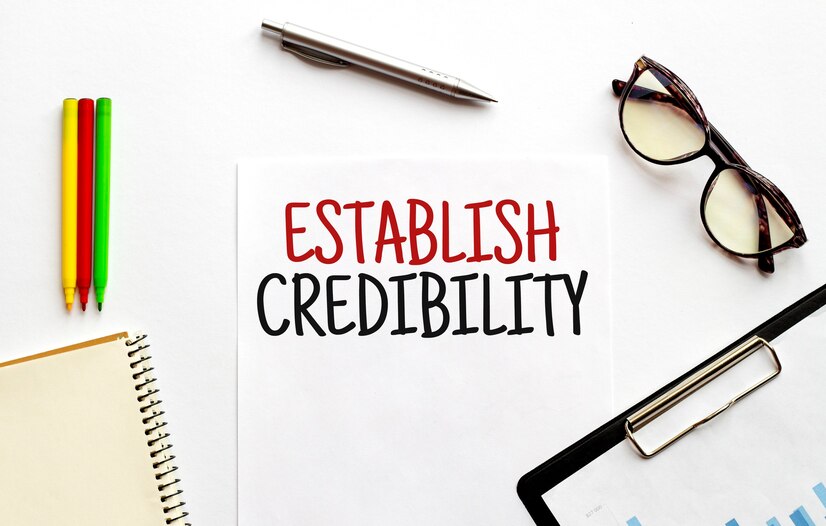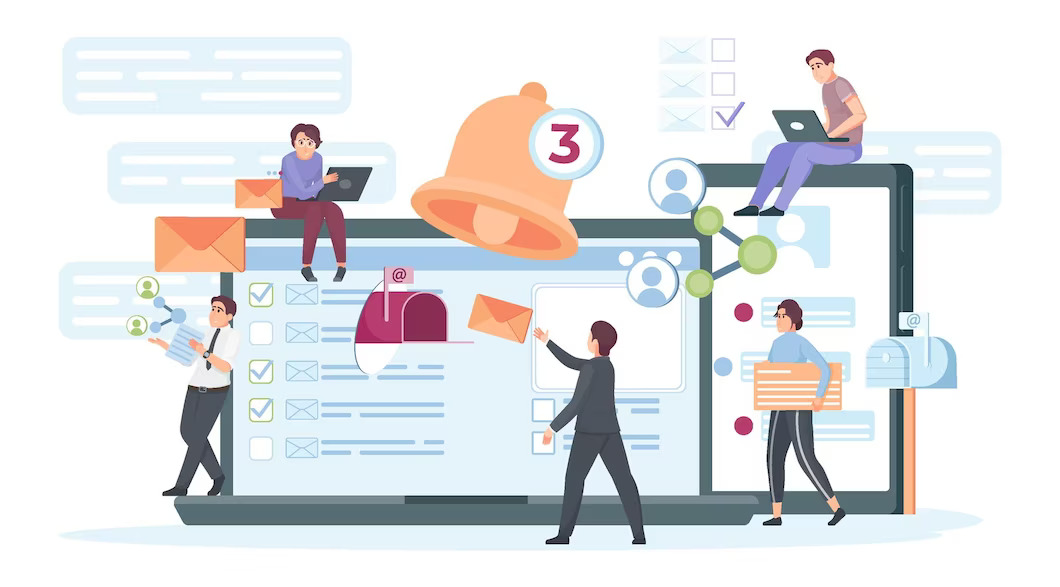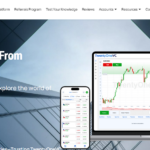5 Tips for Building a Strong SaaS Brand Using Email Marketing
Let’s start from the basics. What’s email marketing? In theory, we all can assume what it is – but the real purpose and gifts behind email marketing campaigns, especially for building a brand, is a valuable tool we need to explore.
Behind every modern company is an effective marketing strategy.
In almost every industry, using email marketing to promote your business is also an affordable way to do so, besides effectiveness. But do you wonder – why?
It’s because emails are easy to send, receive feedback, and track with metrics, which can help you understand if the specific marketing method is working or not.
Even if you have a startup or a small business company, email marketing is a great tool to accomplish so many things, starting with welcoming emails, and leading on with the customer success emails.
How can you build credibility and trustworthiness?

When you are building a brand, it’s one of the most significant questions you can ask yourself.
Can email marketing help in building a strong SaaS brand? The short answer is – yes!
If you want to be better at promoting and advertising your SaaS brand, you should definitely consider using a couple of powerful methods within SaaS email marketing.
One of the key aspects of every branding process is when you know it’s necessary to find the right software as well. Using different templates, automated workflows, and integration with other third-party applications are some of the must-haves.
Reading into Aweber alternatives for 2023, you can find all of the choices available and the reasons behind why it is a necessity. Since there are plenty of different forms of email marketing campaigns you can use, keep in mind the goal behind it. Building a brand is not an easy thing to do, but when you have marketing goals and a defined framework, it’s much more manageable.
When it is done right, it can be a key to opening revenue channels. Even though it’s cost-effective, the process of building relationships and reputation is far more critical.
Email marketing can help you out with a fantastic ROI, but it’s crucial to understand the methods when you are just starting with it.
Customer segmentation
Well, when you are starting with the promotion of your SaaS product, in order to get the most out of it, such as – acquiring and retaining customers, you need to segment your list.
But what is list segmentation?
It is a process of breaking down an extensive list of contacts into smaller and more targeted groups.
One of the best ways to personalize your email marketing content and also to target ideal customers.
By segmenting your list, you can easily send more targeted and focused emails. Save some time and effort by ensuring that the emails are going to the people who are more likely to engage with them.
Most common methods can include groups by demographics, profession, industry, business needs, and more.
Personalization is the goal of list segmentation, not generating leads.
For example, if you are launching a new product, it makes sense to send an invitation email to people who are geographically close and have shown interest in similar products.
That way, you’re more likely to get attendees and potential customers at your event.
Customer journey
Before you start writing your first subject lines, and content creation, it’s essential to understand the customer journey.
The customer journey is divided into three stages of the marketing funnel:
- Acquisition stage
- Engagement stage
- Retention stage
At the acquisition stage, leads are finding out about your SaaS product and signing up for the email list. After signing up, the leads receive a high-value welcoming email that introduces your product.
During the engagement stage, you have the chance to get to know your subscribers better and show them the product and how it can help them achieve their goals.
In this stage, you are providing value with free trials, success stories, and reviews.
Toward the end of this stage, your marketing content should push leads toward signing up for your product.
In the retention stage, you’ll focus on keeping customers by using your product or service. This is where you’re showing them how to make the most of it.
Crafting some high-quality content at each stage, can give you an increase in conversion rates and build loyalty in the customer base.
By nurturing potential customers through email marketing, you can build relationships and confidence in your brand.
Choosing the right time
When you are promoting your SaaS product, it’s advisable to be careful when you are choosing the right time to send your emails.
Nobody likes to be left on seen, and neither does the marketing campaign!
But how can you know when is the right time to send an email?
Well, this is the fun part. You have to do some testing. Probably the best way to determine the optimal time for email campaigns is to test and test some more.
Try sending emails at different times of week and day, and track the metrics like click-through rates and bounce clickthroughs like everything else in life; with a little trial and error, you can accomplish a lot.
And in this case, you should be able to find the perfect time to maximize your email marketing results.
Measure your success
As we said in previous sentences, tracking the metrics is important. It is essential to understand your strengths and weaknesses and to ensure that you are getting the most out of your efforts.
The three most prominent email marketing metrics are:
- ROI (return on investment)
- Open rate
- CTR (clickthrough rate)
ROI (return clickthrought)
ROI is a critical metric that represents a beginning and an end goal in every campaign.
- ROI counts how much money you spend specifically on your email marketing campaign.
- This includes advertisement, collecting email lists, creating targeted email marketing campaigns, and more.
- As you invest money and send email newsletters to customers, you can encourage them to click on links that lead to your websites. These newsletters work as an invitation to go to your website and purchase products or services your business is offering.
- With clicks on the links you are providing to your customers, you are also increasing the website traffic.
Open rate
- Open rate is a metric that measures the percentage of subscribers who opened a specific email out of your total number of subscribers.
- By tracking the open rate, you will get a better understanding of how often people look forward to your emails, what type of content is the most appealing, and even if the subject lines are effective at all.
- To calculate the open rate, divide the number of subscribers who opened your email by the number of subscribers to whom the email was sent.
- By tracking your open rates and comparing them, you can get a better idea of how well your email marketing campaigns are performing and if there’s room for improvement.
CTR
- CTR is the metric that tells you how many of your subscribers received your email and clicked on at least one link contained within it.
- Indication such as high CTR tells you that your email content is relevant and exciting to your audience and willing to click through to your website.
- This is where the part of the customer journey makes sense. CTR is mainly depending on factors like the topic of your email, relevant content with the offering, and also – if the timing is right.
- Boosting CTR can be accomplished by personalizing your emails, segmenting your lists, and usinsolidng CTAs.
- With these metrics, you are getting a general idea of how your subscribers are reacting to your emails.
- Measuring your success is one of the basics for building a strong SaaS brand. With these tools, you are redefining and reanalyzing your marketing strategies.
After all, make it personal.
Yes, that’s the truth. After every metric and strategy, the most influential standout is definitely when you make it exclusive, even if it sounds like an obvious choice.
To help you out with branding and with business growth, this type of action is something that’ll always be connected with your strong SaaS brand – make it recognizable, make it relevant, and make it more – human.
This is a secure and powerful technique to show your subscribers that you care about their individual preferences. Personalized emails cherish the relationship between your subscribers, potential customers, and your service or product.
If you are aware of the behaviours and needs of the subscribers and you spend some time and effort, you are making them sure of the choices they’ve made.
It can pay off a long way, making them more likely to continue doing business with you in the future.

















